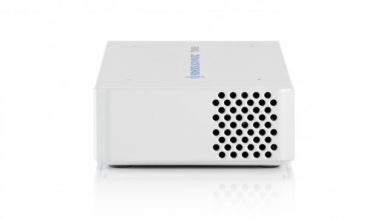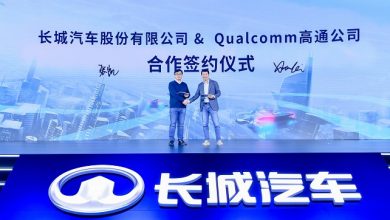Ansys collaborates with Microsoft to enhance cloud engineering productivity for customers
Expanded strategic collaboration brings more engineering simulation solutions to Microsoft Azure

Ansys is teaming with Microsoft to advance the state of the art in engineering simulation across industries, including industrial manufacturing and automotive. Integrated with Microsoft Azure cloud, HPC, digital twin and IoT services, Ansys’ solutions will empower customers to swiftly solve some of the most challenging engineering problems imaginable — substantially increasing productivity, cutting development costs and expediting time to market.
Ansys® Cloud™, the underlying platform for running Ansys products in the cloud, integrates Azure cloud and HPC services with Ansys flagship simulation technologies. Since its initial release, Ansys Cloud continues to add powerful new capabilities. Supporting more physics-based solvers than ever, the new features will enable customers to use their existing software licenses and reduce modeling run times by increasing cores per job. Additionally, the features will deliver tremendous price-performance improvements and incorporate customers’ existing Azure contracts. This will make it easier for larger organizations that have traditionally leveraged on-premises HPC to migrate to Ansys Cloud — equipping teams with extra capacity during peak usage.
“As a strategic partner and customer of both Microsoft and Ansys, our engineering teams will accelerate their product development processes with these dynamic new cloud capabilities,” said Scot Tutkovics, vice president, engineering operations, Rockwell Automation. “Adding Ansys Cloud to our existing technology infrastructure sped up our simulations by 50% and we have solved larger problems with more accuracy. Together, we are boosting engineering productivity and driving top-line impact, even while our engineers work from home.”
Additionally, Ansys is working with Microsoft to integrate Microsoft Azure Digital Twins with Ansys® Twin Builder™ to help customers better understand the current and future performance of operational assets. Employing physics and simulation-based analytics, users can markedly enhance operations — decreasing product maintenance costs and expediting next-generation products to market. Ansys’ runtime digital twins will be natively represented in Azure Digital Twins. Feedback from early adopters across several industries is positive and Ansys and Microsoft engineers are working closely together to power the program’s success.
Ansys is also collaborating with Microsoft to offer cloud-enabled autonomous vehicle (AV) simulation capabilities to joint customers. Ansys VRXPERIENCE, an AV virtual test platform, can unlock massive scalability when run on Azure, empowering users to test drive millions of virtual miles across countless scenarios in an expedient manner — greatly optimizing safety and development costs. The platform’s general availability is planned for January 2021 and Ansys is exploring joint go-to-market opportunities with Microsoft.
“The rise of scalable, affordable, high-powered public cloud computing and IoT breakthroughs runs in parallel with our customers’ view of simulation as a strategic differentiator,” said Ajei S. Gopal, CEO at Ansys. “Bringing these elements together can significantly boost the impact and reach of simulation and equip Ansys’ vast user community to rapidly design and deliver transformational products on time and under budget.”
“Our collaboration brings together Azure’s compute and IoT capabilities with Ansys’ simulation excellence to help businesses across industries transform at scale,” said Scott Guthrie, executive vice president, Cloud + AI at Microsoft. “During a time when autonomous systems are on the rise, Ansys will enable cloud engineers to increase productivity and accelerate the delivery of innovative solutions.”






2 Comments